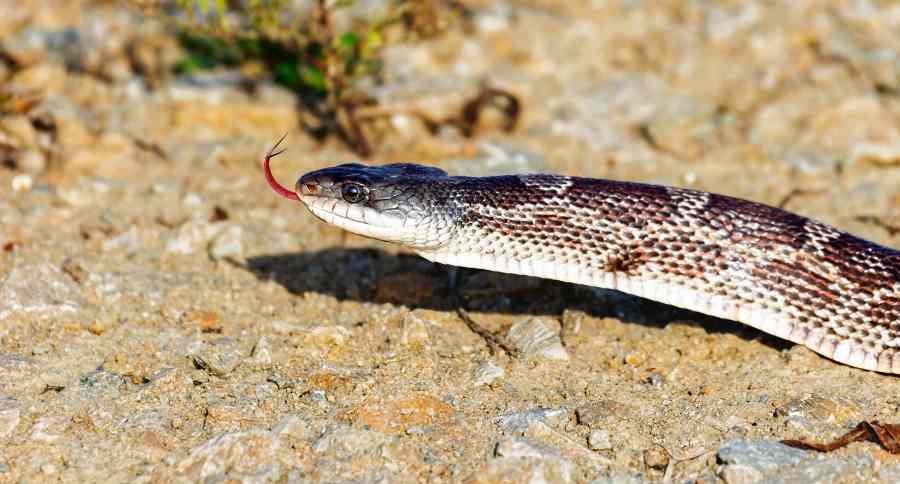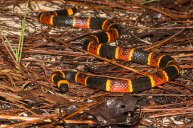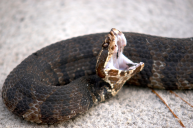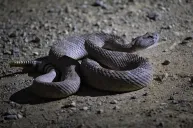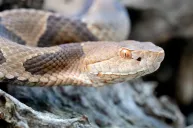Really, it was hard for us to believe, too! There are three reasons that snakes benefit suburban backyards. This seems like a crazy topic, but after you read through the reasons you'll agree. I'm actually terrified of small garter snakes so these rat snakes are long and terrifying in my book!
What is a rat snake? Rat snakes are members - along with kingsnakes, milk snakes, vine snakes, and indigo snakes - of the subfamily Colubrinae of the family Colubridae. These medium to large constrictors are typically found throughout much of the Northern Hemisphere and feed primarily on rodents and birds.
What do they look like? They have a spotted-brown to olive-green coloring with hues of yellow, orange and occasionally red—perfect camouflage for tree-living.
Quick facts about Rat Snakes
- They're not venomous
- Agile climbers that reach a bird's nest with ease and can climb brick walls
- Usually found in Louisiana, Arkansas and Oklahoma
- Can grow more than six feet long
- Have a nasty smell because of the pests they consume
- Sometimes mistaken for chicken snakes because they eat eggs and fledgling chickens
Here are three reasons why having rat snakes in your neighborhood are a good thing!
1. Nature's best forms of pest control
https://www.instagram.com/p/CCOmIELpNje/
The presence of rat-snakes, who dine on rodents (mice!), ensures a lower rodent population.
2. Eat rodents that plague suburban communities
https://www.instagram.com/p/CCYznXhFdpu/
They feed on rodents, birds, lizards, squirrels and frogs, which they subdue with constriction.
3. Less dangerous snakes in the neighborhood
Rat-snakes also compete with the rattler and the cottonmouth for the same food supply. If you see a lot of rat-snakes, you won't see many of these other creatures, which is great news!
You won't find any mice in the house!
The Texas rat snake will release a "musk" if threatened and you may smell them coming. Yet, they are not venomous snakes, so you shouldn't have to worry unless you have chickens. They are often seen eating chicken eggs and these large snakes are excellent climbers.
The black rat snake is often confused with other snakes, but just know it's not a rattlesnake!
Do you know the types of snakes in your region? Please leave us a comment below!
